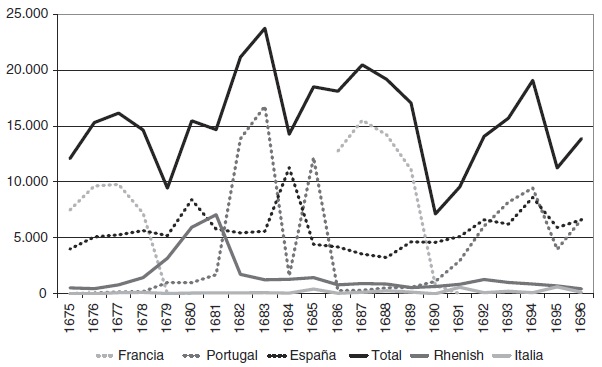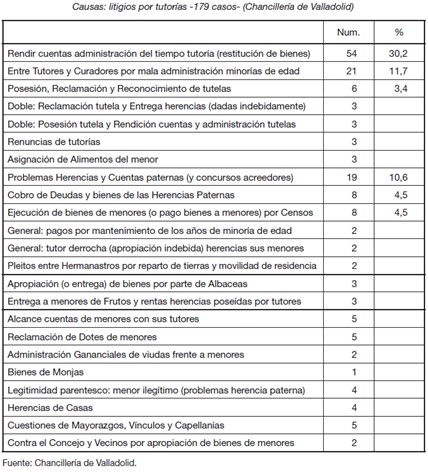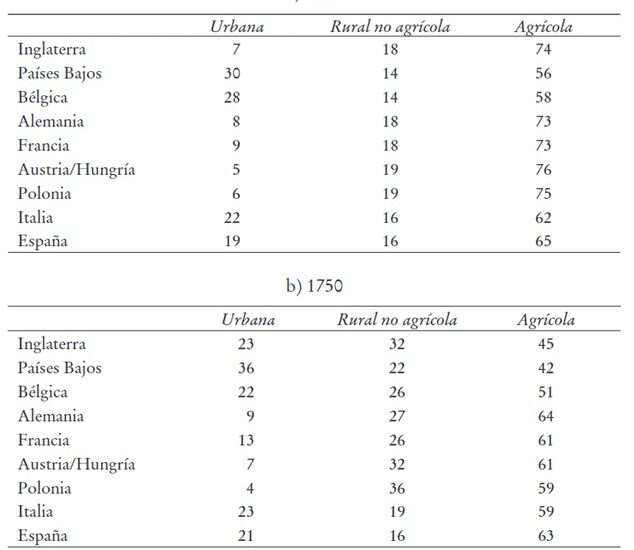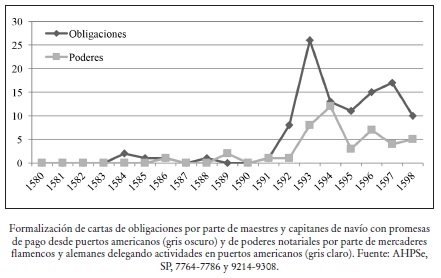
The generalisation of long-term leases in the 17th century led to a relaxation of the pressure on the Cabildo’s tenants of the dehesa. The behaviour of agrarian rent in the middle of the century shows a moderate fall in the rate in the last two leases, which is not in line with the national upward trend from 1754-1774. The lease system inaugurated in 1712 maintained long leases fixed in six-year periods, but spurred strong competition in the auctions. For the 18th century we do not have the sown area because we do not know the number of suertes dedicated to private pastures: the calculations are based on cultivated area. Despite the discrepancy in the indicators, the income per unit of sown area did not reach the extreme values that occurred in the middle of the 16th century, despite the agricultural improvement and the increase in the agricultural product. The Cabildo managed to increase its gross income compared to the most lucrative auctions of the 16th century, which was really important for the corporation. In the mid-16th century, the income from the dehesa amounted to 4,000 bushels of wheat, and the auctions of 1712-1769 were between 5,315 and 6,782 bushels, without taking into account the exaggerated decline of the 1728 auction.
Collection: Graphics
Project: 2. Social and economic impact of technological revolutions in Europe., 9. Travels and travelers: economic, social and cultural connections.
Chronology: XV, XVI, XVII, XVIII
Scope: Secondary Education, Baccalaureate, University
Link: https://www.historiaagraria.com/FILE/articulos/HA64__www_Nunez.pdf
Resource type: Graph
Format: Bar chart
Source: Núñez Pestano, Juan Ramón, «Campesinado, cambio agrario y usos comunales: la dehesa de La Laguna (Tenerife), 1498–1769, Historia Agraria, 64 (2014), pp. 13–41.
Language: Spanish
Date: 2014
Owner: Álvaro Romero González (Modernalia)
Copyright: © Juan Ramón Núñez Pestano © Revista de Historia Agraria
Abstract: Average income level in Tenerife
Image
Tags








